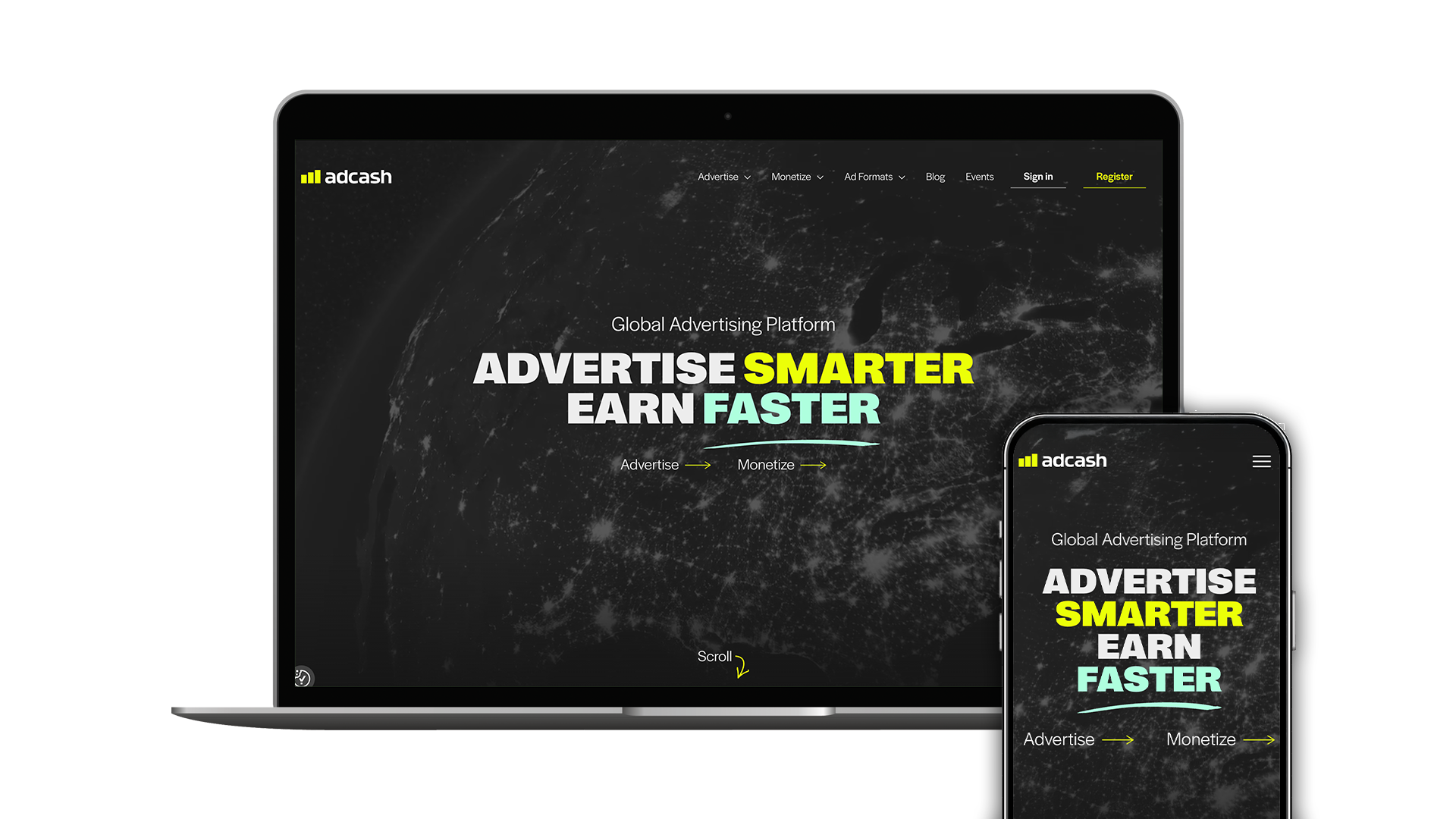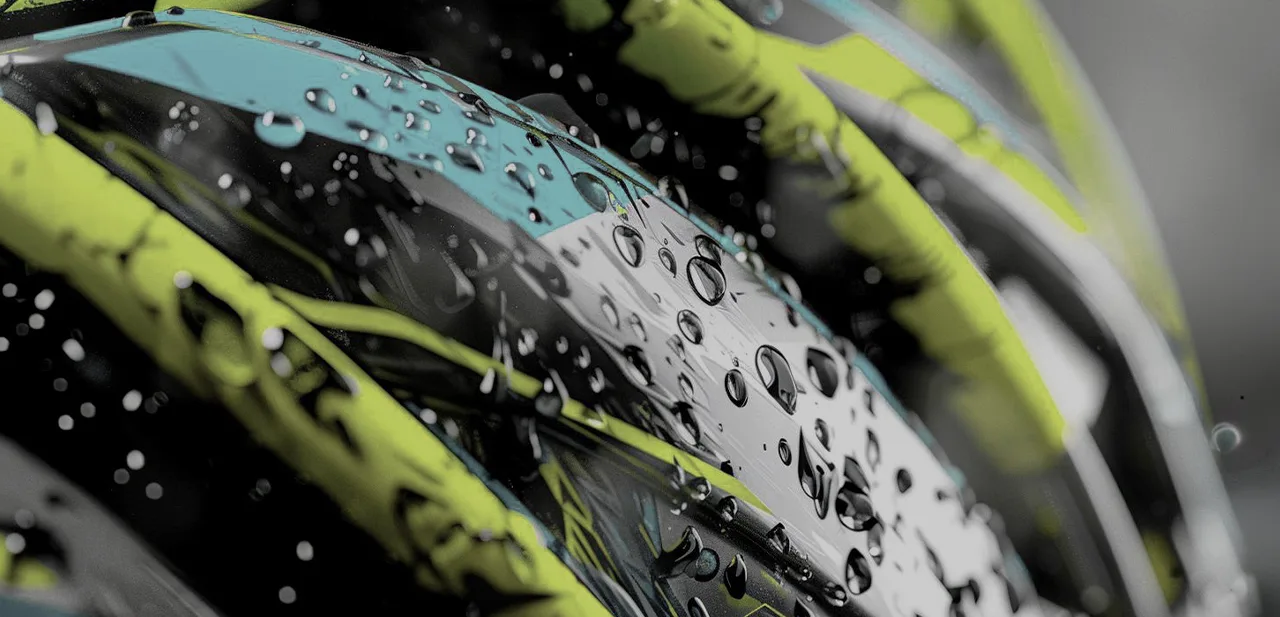
How to Hack Google Search Rankings
If you’re not showing up on the first page of Google, you’re basically invisible. Harsh? Maybe. True? Absolutely.
Fact: Over a third of all clicks go to the first result. Not the fifth. Not the tenth. The first. If you’re not ranking high, don’t expect a stampede of visitors storming your site anytime soon.
So, how do you claw your way to the top? Say hello to SEO – aka the magic (and madness) behind getting seen online. It’s a mix of strategy, consistency, and not doing dumb stuff Google hates. And yeah, it can get messy. But the good news? There are a few sharp, simple moves you can start making today to crank up your visibility.
Here are some SEO hacks that actually work – and won’t make you want to scream into the void.
Target long-tail keywords
If you’re still chasing broad, one-word keywords, you’re basically trying to win a shouting match in a stadium full of people yelling the same thing. Spoiler: You won’t be heard.
Instead, go for long-tail keywords – those juicy, hyper-specific phrases that tell you exactly what people are hunting for. Think “best budget running shoes for flat feet” instead of just “shoes.” See the difference? One screams intent. The other just screams.
Long-tails are gold because they cut through the noise. You know what the user wants, and you can serve it up like a pro. Tools like SEMrush can help you dig ‘em up. Just toss in a basic keyword and let the suggestions roll. Pick the ones that make sense for your niche – and boom, you’re speaking your audience’s language.
Write evergreen content and update old pieces
Trends are cute – until they vanish overnight and leave your content looking like it came from a digital time capsule. That’s why you need evergreen content – stuff that stays relevant no matter what year it is.
Think of it like the cockroach of content (but, you know, in a good way). It survives. It delivers value long after everyone’s forgotten whatever the hell was trending last week. How? By focusing on timeless topics your audience actually cares about. Skip the hype. Serve up substance.
And hey, even evergreen stuff needs a little watering now and then. So if something starts to look dusty, go back, freshen it up, and keep the traffic rolling.
Focus on user search intent
Keywords are great – until you start keyword-stuffing like it’s 2005. Google’s smarter now. It cares why someone’s searching, not just what they’re typing. That’s called search intent, and if you’re not hitting it, you’re not ranking.
If someone types “Wilmington lawn service,” they don’t want a blog post on how grass grows. They want someone to cut their damn lawn. So give them exactly that. The easiest way to figure out what people actually want? Google it yourself and see what’s ranking. Then build something better.
Optimize Images
Big, bloated images kill page speed – and your SEO along with it. If your site loads slower than a dial-up connection, people bounce, and Google takes that as a sign your content’s garbage. Harsh, but true.
So compress those images. Keep them crisp and fast. And while you’re at it, slap some solid alt tags on them too. Google can’t “see” images (yet), but it can read. So “photo123.jpg” means nothing. But “sunset over Tokyo skyline” gets you points.
Every image should pull its weight – or it doesn’t belong.
Practice Responsive Design
Here’s a brutal truth: Google doesn’t treat desktop and mobile searches the same. They split ‘em up like divorced parents at a PTA meeting. And if your site looks like crap on a phone, guess what? You’re not gonna show up when people search on their phone – which, by the way, is how most people are searching these days. Mobile traffic is eating desktop’s lunch. So if your site still acts like it’s living in 2008, don’t expect Google to give a damn about showing it to anyone. Welcome to the era of tiny screens and even tinier attention spans.

Responsive design isn’t optional anymore – it’s survival. Your site should look slick and run smooth whether it’s on a phone, tablet, or grandma’s old laptop. If users have to pinch, zoom, or squint? They’re gone. And so is your ranking. Optimize for mobile first. Desktop can catch up later.
Earn High-Quality Backlinks
You want to impress Google? Get other sites to vouch for you. Backlinks are basically the internet’s version of name-dropping – except it actually works.
When high-authority sites link to your stuff, Google takes the hint: This content must be legit. So you move up the ranks. The trick? Don’t beg for links – earn them. One slick tactic? Find broken links on reputable sites, then reach out with your content as a replacement. You’re helping them clean up their mess, and you get a backlink in return. Win-win.
Craft Compelling Titles and Meta Descriptions
Ranking high is great. But if no one’s clicking, what’s the point? Your title and meta description are your content’s first impression – make it count.

You want clicks? Make your title punchy. Use numbers. Use juicy adjectives. “6 Brutally Honest Reasons Your Website Sucks” is way more clickable than “How to Improve Your Website.” Keep it under 60 characters, toss in your keyword, and make it irresistible.
And don’t sleep on that meta description. It’s the wingman for your title – short, sharp, and straight to the point. Under 155 characters and place important keywords near the beginning. Add the keyword. Make it clear why clicking your link won’t be a waste of time.
Set up Google Business Profile
You want to show up when people search “best [insert your business] near me”? Then get your ass on Google Business Profile.
This is your fast pass to local SEO visibility. You can add your address, hours, phone number, and other stuff that makes people actually find – and trust – you. And when people in your area search for what you offer, boom – you show up.
It’s one of the easiest SEO wins. Claim your listing. Fill it out. Keep it updated. Easy traffic, no magic spells required.
Final Word
Here’s the deal: SEO isn’t something you try once and forget about. It’s a relationship. Long-term. A little messy. Worth it.
These hacks will get you moving in the right direction, but the work doesn’t stop here. Keep testing. Keep tweaking. Stay curious. And if it all still feels overwhelming? We’ve got your back. Check out our Beginner’s Guide to SEO and take it from there.
You’ve got this. Now go make Google fall in love with you.
Share
Brandon Povilaitis
Content Manager, Adcash
Whether it’s a word or a frame, I’ll make it hit where it counts. When there’s a story worth telling – on pages, screens, or anywhere in between. From the rhythm of a killer script to the design detail that makes it all pop, I’ve got the eye, the pen, and the touch.






Muhammad bilal
| on May 06, 2025 at 8:47 pm
Join the conversation
Your email address will not be published. Required fields are marked *